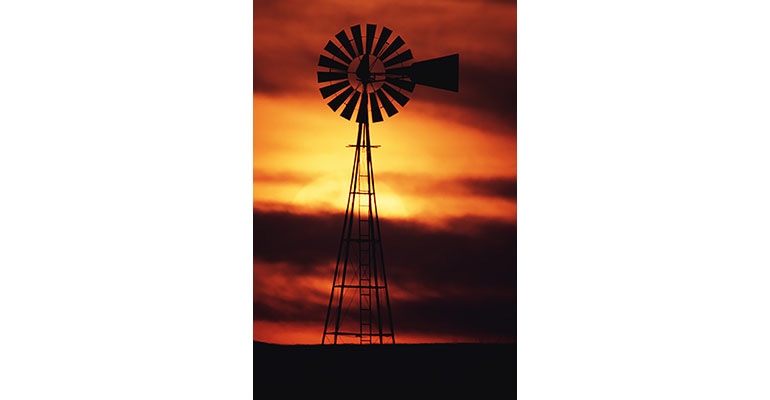October 21, 2010

Cooling in the Pacific Ocean over the past several months has led to the development of La Nina, which is likely to be classified as a moderate or strong event this winter. A moderate or strong La Nina typically produces a drier than normal weather pattern across the southern United States, including much of the winter wheat belt in the Plains.
This dryness can have a negative impact on winter wheat yields, as it most often occurs during the two critical development periods. The first is the germination and establishment period during fall. "Since mid September of this year, a pattern similar to previous moderate/strong La Nina years has evolved, with dryness occurring across eastern Colorado, western Kansas, Oklahoma, and Texas.
The dry weather has stressed wheat seed germination and may lead to poor establishment," said Kyle Tapley, Agricultural Meteorologist for MDA EarthSat/CropCAST.
Following moderate/strong La Nina events, dryness is frequently found across Nebraska, western Kansas, Colorado, and Texas during the critical heading period in April and May, when moisture needs are greatest. "The combination of poor establishment and stress during heading results in reduced yields, which have been seen in previous moderate and strong La Nina years," said Tapley.
"Looking back at the 10 moderate or strong La Nina events since 1950, winter wheat yields were down on average nearly 3 percent nationally compared to the trend yield."
The biggest departures were found across Kansas, Colorado, Oklahoma, and Texas, where yields were 8 percent to15 percent below trend on average.
(http://www.mdainformationsystems.com)
You May Also Like




